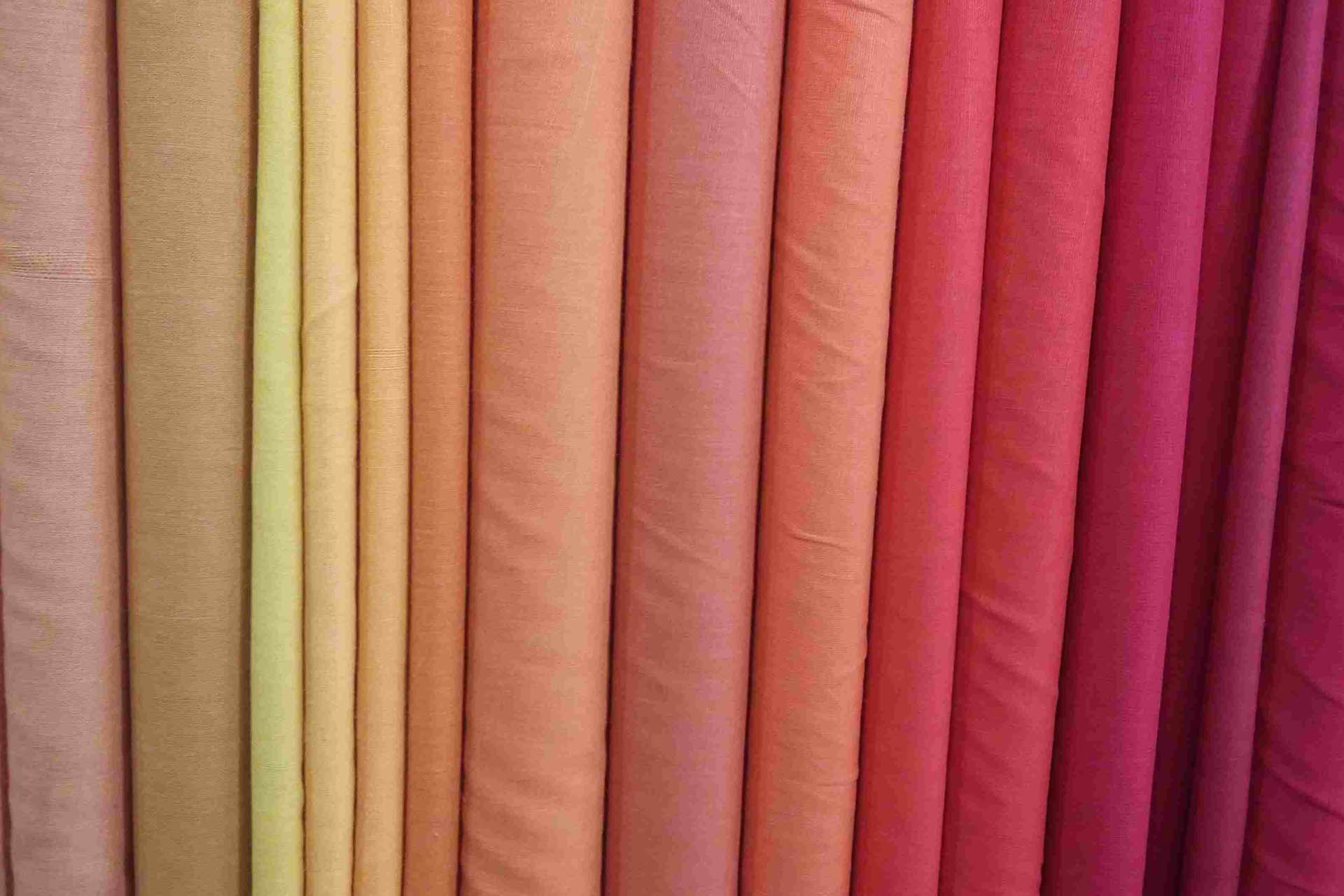Synthetic fibers are produced using crude materials, for example, oil, in view of synthetic compounds or petrochemicals. These materials are polymerized into a long, straight concoction with various substance mixes and are utilized to deliver different kinds of fibers. Synthetic fibers represent about portion of all fiber use, with applications in each field of fiber and material innovation. Numerous classes of fiber dependent on synthetic polymers have been assessed as possibly important business items, three of them are nylon, polyester, and acrylic, which rule the market . There are a few strategies for assembling synthetic fibers, however the most widely recognized is the liquefy turning process. It includes warming the fiber until it starts to liquefy, at that point fiber must be drawn out of the soften with tweezers as fast as could be allowed. The following stage is adjust the atoms in a parallel course of action. This unites the fibers, and enables them to take shape and arrange. Another technique utilized is heat-setting. Synthetic fibers are more sturdy than most normal fibers, and will promptly get various colors. Also, numerous synthetic fibers offer customer well disposed capacities, for example, extending, waterproofing, and stain opposition . Daylight, dampness, and oils from human skin cause all fibers to split down and erode. Normal fibers will in general be significantly more delicate than synthetic mixes. This is essentially in light of the fact that characteristic items are biodegradable. When all is said in done, synthetic fibers are made by expelling fiber-framing materials through spinnerets into air and water, shaping a string. Before synthetic fibers were grown, misleadingly fabricated fibers were produced using polymers acquired from petrochemicals.


